“Who never laugh is not a serious person”
Charlie Chaplin
It is said that Epiphany takes all the festivities with it, but then comes the long-awaited Carnival. In the Veneto region, this is a much-feel festival, known all over the world for its elegance and particularity.
The first evidence of this festival dates back to 1094: in a document issued by Doge Vitale Falier, there is mention of public entertainments, mentioning the word Carnival for the first time. At that time, it was a real necessity for the Serenissima to grant everyone, without division of classes, a period dedicated to the transgressions, to the fun, to the music and to the wild dancing. Masks and costumes guaranteed anonymity and public mockery of the authorities and the aristocracy was authorized, so that the citizens could let off steam, eliminating tensions and discontent caused by the rigid rules imposed by the Republic of Venezia.
It was not until 1296 that the Venetian Carnival was officially declared a public holiday: the Senate declared the day before Lent as a holiday.
Carnem levare, that is, in Latin, “to eliminate meat”, hence the word Carnival. A clear reference to the day after Shrove Tuesday, when the period of Lent began with abstinence and fasting.
The first records of masks among craftsmen date back to 1271 with the appearance of manuals on construction techniques.
Disguise is the essence of this festival, which in the 18th century became very popular throughout Europe, reaching its maximum splendor. The streets, squares and fields become an enormous stage.
There are many traditional masks, in addition to those already known from the Commedia dell’Arte:
- The Bauta is exclusive to Venice and is certainly the most widely used: a black cloak (tabarro, ), a black tricorn on the head and a white face. The peculiarity of this mask is its shape: the enlarged and protruding upper lip allows you to eat without having to “unmask” and the narrow space for the nose also disguises the voice so that both women and men can disguise themselves while remaining anonymous. Since you don’t know who is behind the mask, it is good practice to always offer a greeting when you meet one.
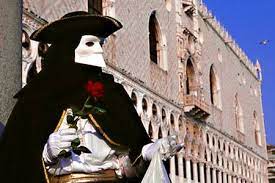
- The Moretta is purely feminine: a fine cap with a veil and a velvet mask that was held on with a button held in the mouth. This system prevented speech and for this reason she was also called a mute servant. She was much sought after because the mysterious charm of silence appealed to men.
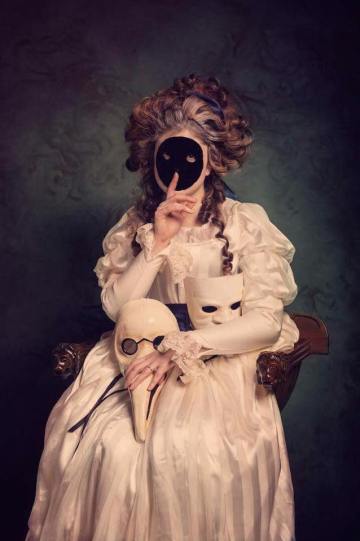
- The Gnaga, on the other hand, is purely masculine, in the sense that it is used by men who dress up as women (often with courtesan clothes because they are more flamboyant) with a white bonnet and a cat mask, speaking with a shrill voice and thus arriving at a sort of satire of the female figure.
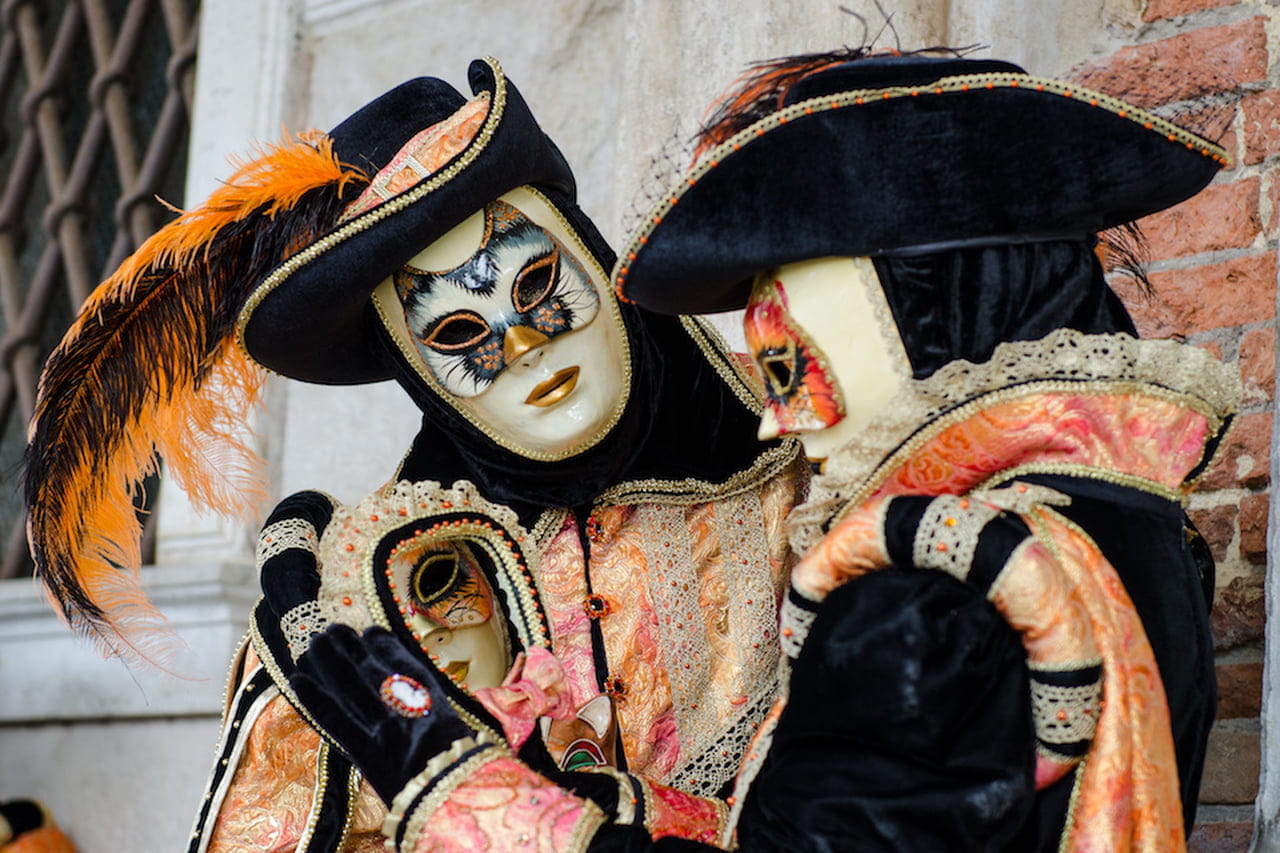
- The Bernardon is certainly the most contested mask: it represents a man, with broken and bloody clothes and a bandaged head, showing the wounds caused by overindulgence and the syphilis that consumes him. With a wooden leg and a stick, this character wanders the streets of Venice shouting rhymes listing his woes.
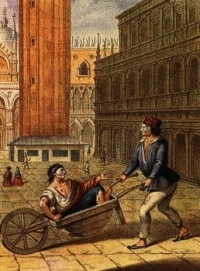
- The Mattacino is a jester wearing a light, short dress and a feathered hat. The peculiarity of this mask was the throwing of “ovi profumai” (scented eggs) with the “ovi” (scented eggs). (scented eggs) with slingers. The balconies of friends, acquaintances or sweethearts were often targeted, and traders found it easy to make money by selling hundreds of scented eggs.
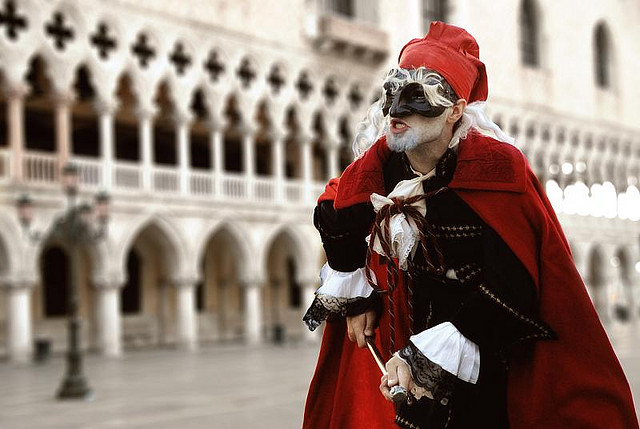
- The Medico della Peste (Plague Doctor) is a kind of superstition and exorcism against contagious diseases. Initially it was not a real mask, but a practical necessity during the plague), in fact the long nose contained a kind of filter with salts and disinfecting herbs such as rosemary, garlic and juniper.
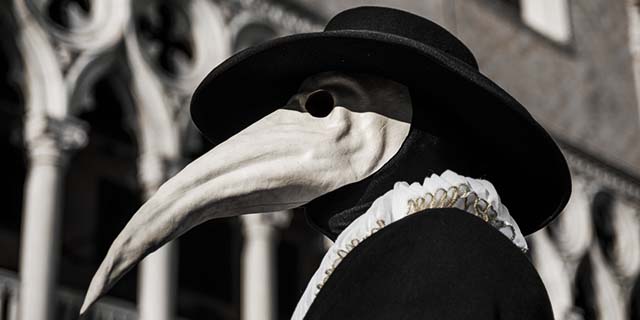
There are some of the best known and some of the least known, but all of them have their own charm, history and personality. Nowadays, walking around Venice during this period is truly magical, evocative and joyful.
We look forward to seeing you at the AbanoRitz, just a few kilometers from Venice, to discover the elegance and merriment of the carnival, from the Flight of the Angel on Sunday 20th of February to the Flight of the Lion on Tuesday 1st of March, via the Flight of the Eagle on Sunday 27th of February.






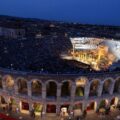

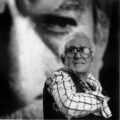



Wir würden uns sehr freuen, gäbe es diesen Newsletter auch in deutscher Sprache!
Hallo! Der monatliche Newsletter ist auch auf Deutsch, aber der Blog leider nicht: nur auf Italienisch und Englisch. 🙁